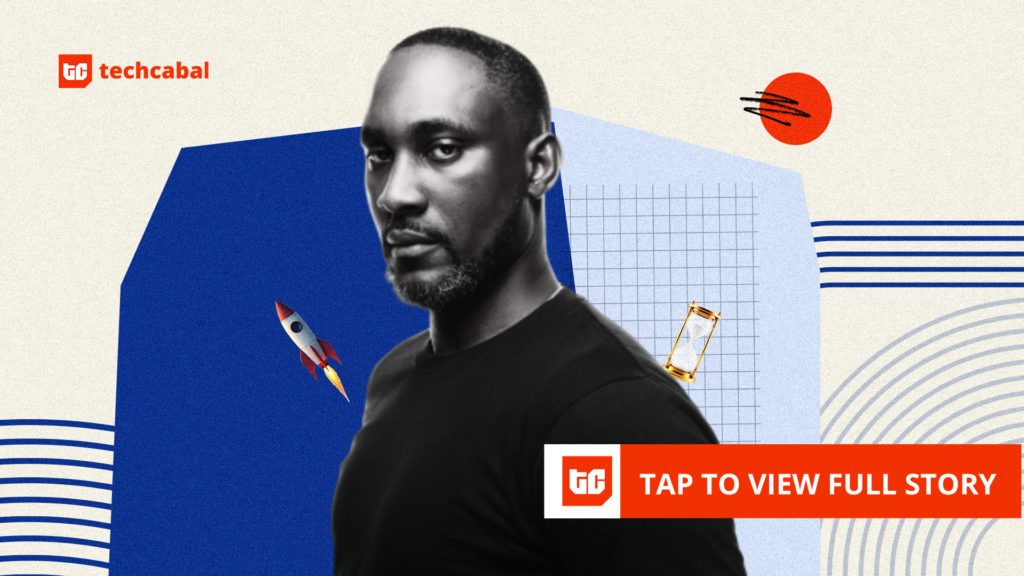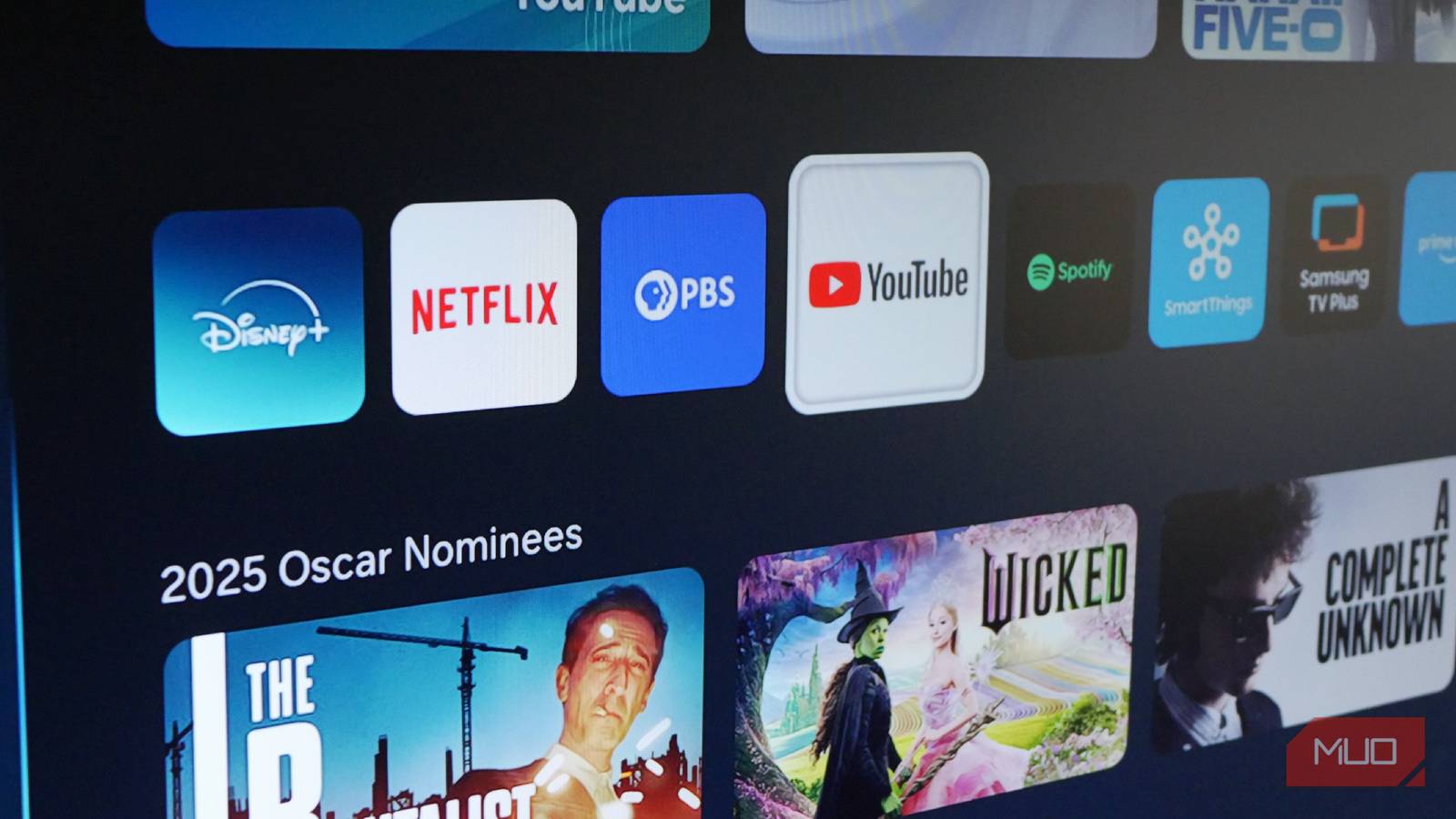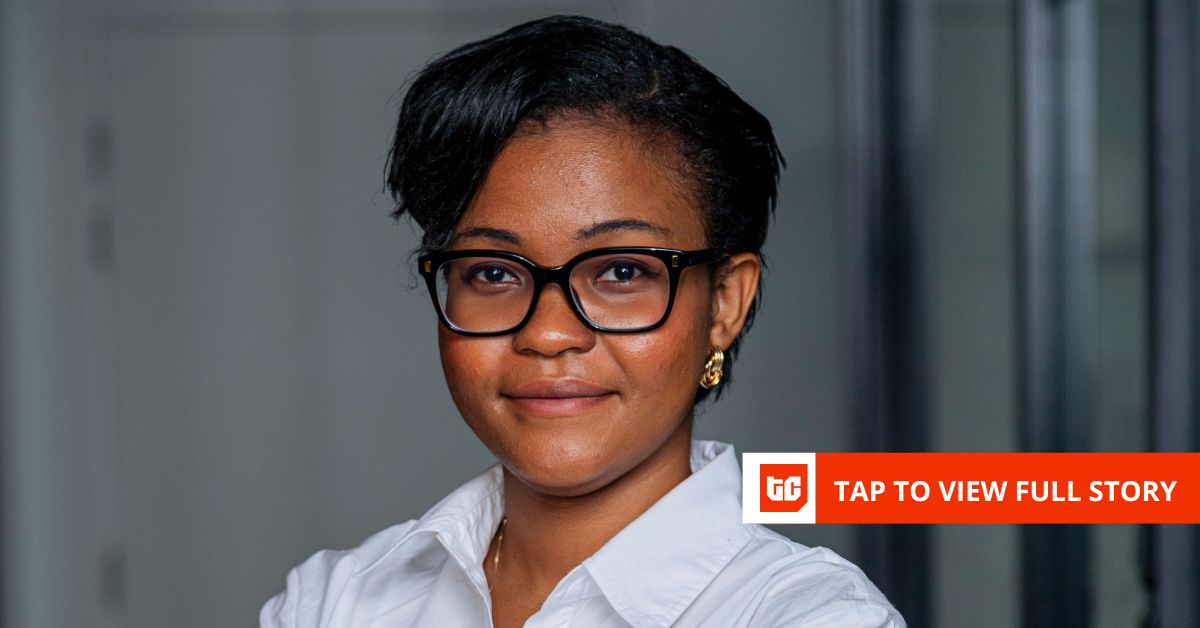Lendsqr grew from a side project to four failed product launches and found product-market fit, twice.
If anyone in Nigeria could solve a fintech or credit-related problem, it was Adedeji Olowe.
Before founding his fintech Lendsqr, which provides proprietary technology for lenders, Olowe worked in different capacities in some of Nigeria’s biggest banks. He was the former head of electronic banking and web management at Nigeria’s largest bank by asset, Access Bank. He held the same role at Fidelity Bank, a tier II Nigerian bank. He was the former head of cards at UBA and head of business automation at FCMB.
Olowe is the current board chairman of Nigeria’s fintech poster child, Paystack, and previously served on the boards of Sparkle and Verve International, a division of Nigeria’s fintech unicorn, Interswitch. His efforts alongside other trustees of the Open Banking Nigeria helped secure the approval of open banking in Nigeria.
I sought Olowe out for two main reasons: to learn why, after nearly 20 years in banking, he chose to build credit technology for lenders rather than become a digital lender himself, and to understand exactly how he achieved this.
I went into the interview anticipating that Olowe was going to share a barrage of tips and motivational-esque talk about how he did it. Yet, Olowe’s answer was simple: he wouldn’t have done it without the faith and talent of numerous people.
This is the story of Lendsqr as told to .
Day 1: Side project
The idea for Lendsqr wasn’t mine. It came from Joey, a ridiculously talented designer and partner at DFS Labs. I met Joey through Tosin Eniolorunda of Moniepoint. Joey once helped us redesign Fidelity’s Internet banking platform. It was so well done, it didn’t need a facelift for a decade.
Joey had an idea around building the technology to help digital lenders disburse loans and get paid back. He floated it by me, and while he and his team didn’t run with it, I couldn’t let it go. That was 2017. By early 2018, I started tinkering with the concept myself. I wasn’t ready to build a startup from scratch, but the itch had taken hold. I was still working full-time as an executive at Coronation Group, reporting directly to Aigboje Aig-Imoukhuede. I told him about this little side project. He gave me his blessing.
We called it Lendstack back then. Everyone was using “stack”—Paystack, Wealthstack—so we joined the party. I was also on Paystack’s board at the time, so I eventually decided to change the name. But naming was the least of our problems.
We built and scrapped the product four times between 2018 and 2020. Each version failed to meet the ambition we had in our heads. The tech didn’t work. The experience wasn’t good. I wasn’t even full-time. It was me, a personal assistant, and a contractor here and there. It was Mickey Mouse software. That’s the truth.
An accidental product market fit
Then, sometime in late 2019, a company called BlinkCash approached us. They didn’t want to use our platform; they just needed a lending app and backend built from scratch. We needed the cash, so I gave the brief to two young developers: Chigozie and Tosin.
I can’t overstate this: what those boys built became the Lendsqr of today.
We turned their codebase into a demo app—called it Irorun—and started showing it to other potential clients. Unlike our original platform, people actually loved it. In fact, before we even finished tweaking it, we had two new customers—Liberty Credit and KrediBank—asking to use it.
By mid-2020, I had shut down the original web-based product. We went all in on the BlinkCash fork. I still remember how we juggled everything—building and demoing while still rewriting our foundation. We hit product-market fit the first time by accident.
Once I saw the potential, I doubled down. I was still at Coronation, but with COVID forcing remote work, I had more time. I poured everything into Lendsqr. I raised $1 million in two months. I did all of the fundraising efforts myself. I designed the pitch decks and made all of the calls myself.
The founder of Remita gave me ₦250 million. My ex-wife even forced money on me “for the kids,” she said. Former bosses, friends from secondary school, and colleagues at Coronation also backed me.
We first raised about $50,000 in a family and friend round. I raised, not because I didn’t have the money to bootstrap the business. I raised so I can become accountable to my investors.
Finding product-market fit the second time
We started with a web-based platform, which didn’t work. Customers weren’t interested, and the architecture wasn’t good enough. So we killed it and went all-in on mobile.
That worked for a while. We onboarded close to 80 customers with our mobile-first approach. But eventually, we started running into a wall. Onboarding was slow; sometimes it took 10 weeks to get one client live. App store approvals became a headache. And then the more serious lenders didn’t even want a mobile app. Some of them were disbursing ₦150 million loans. Nobody wants to do that from an Android app.
So in 2022, once I resumed full-time at Lendsqr, we brought the web product back, this time with better context, better execution, and real customers to build with. It was a self-serve web layer that let new lenders get their platform up and running without waiting weeks. That single move changed everything.
It was built by Sadiq (he’s in the UK now) and Malaika Ademola-Majekodunmi, who joined as an intern and left as Head of Product. She’s now VP at Fincra. Two of the sharpest people I’ve worked with.
So yeah, we hit product-market fit twice. First with mobile. Then again, with the web, ironically, the same product we failed with at the start.
People made this
There is no version of this story where I take the credit.
My PA from day one is now Head of Enterprise. Grace Effio knows more about Lendsqr than I do. She is one of the equity owners and has picked up a lot of skills along the way, from SQL to product growth and customer issues. There’s a running joke that she’ll outlast me in the business. She loves Lendsqr more than I do.
Malaika joined as an intern, became Head of Product, and now she’s VP at Fincra. Sadiq, who is now in the UK, built our first no-code onboarding tool. Mary Adeoye, who interned as an engineer, built most of our front-end features. Adewumi, may be the smartest Nigerian engineer I’ve ever met; built some of our core infrastructure.
Even our head of content marketing, Eseose Animhiaga, works from Benin. Three years, never missed a content delivery. We’ve never met in person.
If I could do Lendsqr again
People think I built Lendsqr because I didn’t want to deal with loan recovery headaches. I built it because the real infrastructure for credit in Nigeria didn’t exist. I founded Lendsqr to solve a fundamental market problem. The challenge of building it is what fuels my drive every day.
I wasn’t even doing it for the money. Since Lendsqr began, I haven’t received a salary. I only receive a monthly light and internet allowance of about ₦460,000 ($297). Most of the time I don’t even keep it; I use it to fix problems, reward the team, or buy someone lunch. I even spend more than that—about 500k—monthly as bonuses to employees.
Lending tech isn’t plug-and-play. It’s country-specific. It’s complex. Even within Nigeria, the tech that works in Lagos won’t work in Sokoto. And when you factor in the complexities—reverse mortgages, balloon payments, moratoriums, plus the stark differences between SME, retail, and education loans—each segment demands its own approach. In the lending business, every niche is a new beast to tame and I wanted to solve that. To do it, I needed to work with customers like Afolabi Ambibola of KrediBank, who pushed us to build with depth.
We now serve over 7,088 lenders in Nigeria, Canada, Rwanda, the U.S., Zambia, Malawi, and South Africa.
But in 2019, before our first product market-fit I felt like throwing in the towel. I tried to return investors money ($50,000 at the time). However, I spoke with one of my investors, Nnana and I decided from that moment that I was not going to give up. I fired my team and retained the best four guys and rebuilt again.
If I had the chance to rebuild, I’d start by rethinking the early architecture. We’re still managing the technical debt from 2020. However, the reality is more nuanced than a simple misstep. I gave the young developers a lot of autonomy, but the architectural direction was ultimately mine, so I take responsibility for it. You build with the knowledge you have. Today’s clarity will look like amateurism five years from now. That’s how this works.
We used to blow $3–5K a month on ads. In one year, we spent over $100K. All we got were loan seekers, not lenders. So we shut it down and went all in on content. It worked. Today, 80% of our qualified leads come from SEO and educational content. It’s slower, but it’s permanent. Eseose, our content marketing lead runs it like a newsroom. Lendsqr now ranks for high-intent keywords across multiple geographies. We know we’re not for everyone. But for the ones who find us, we’re their last bus stop.
People got us here. People will take us further
Since day one, people have been the building block of Lendsqr.
And because of that, we’ve built the company around them. We only have 35 employees, and we’re capping hiring at 40 until we cross 10 million customers. Not because we’re stingy—because we’re deliberate.
Our onboarding is brutal: 40 hours of internal lectures, documentation, cross-functional training, and simulations. If you survive it, you’re a monster. And we want monsters.
We run on the belief that people can be trained to become world-class. That systems beat vibes. And that the best tech companies aren’t the ones with the most headcount—they’re the ones with the best processes for making their people better.
That mindset bleeds into our product too.
There are only two kinds of credit platforms in the world: cheap and underpowered, or powerful and prohibitively expensive. We’re building the third kind—enterprise-grade and cost-effective.
Most lenders can’t afford a $79,000/year platform. Lendsqr is cheaper but just as powerful. Our roadmap includes beating the best in the world—FintechOS, Mambu, Symphony, and Digifi.
We’re not there yet. But we’re coming.
And one day, I want it said—like they say of Dangote’s refinery—that the most powerful credit infrastructure in the world was built right here. In Lagos. By a small team of monsters.
Mark your calendars! Moonshot by is back in Lagos on October 15–16! Join Africa’s top founders, creatives & tech leaders for 2 days of keynotes, mixers & future-forward ideas. Early bird tickets now 20% off—don’t snooze! moonshot..com









